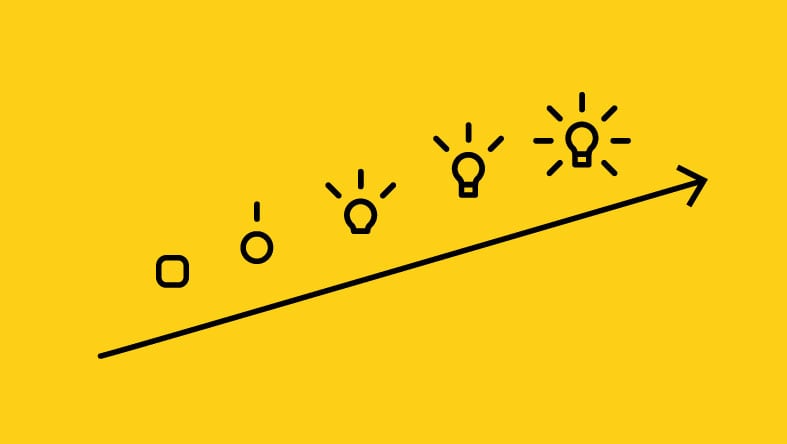The definition of a license as a federal government gave the prerogative to exclude others from making, using, using to sell or importing the copyrighted innovation under a basic permit is InventHelp Success somewhat out-of-date. Patenting innovation does not constantly prevent the capacity of others to make and sell the product. And also creation should be analyzed as a constraint on the rights of others not an ownership.
Many developers today prefer to patent their innovation. The unique aspects of the development are often thought about as well distinct for others to replicate. No one has the right to claim that an innovation is their own creation if others are able to replicate it.

The very first means to patent a development is to create an insurance claim to the invention. This insurance claim states the purpose or subject of the creation. To patent an innovation, the innovation has to fall within one of the insurance claims.
The 2nd means to patent a development is to look for a patent to protect it as an unique and also non-obvious application of the previous art. There are two primary kinds of license.
A patent is a law or rule that provides the creator or license exclusive rights to do a particular action in a particular means. A license is provided for a creation, but there should be something new concerning the creation to necessitate its own license.
A patent does not qualify the owner to leave out others from making, using, offering to offer or importing the creation under a general certificate. The government considers it unjust to approve a monopoly to those who hold patents without taking into consideration other choices. For example, intend you bought a company with licenses for a product that a decade previously a rival had currently patented.
If you put your brand-new product on the market, would that give you the syndicate you sought? It would certainly not, unless the competitor has put a better item on the marketplace. Likewise, if the original product you assumed you had was truly substandard to a contending product, you could have patented the better version.
However, the original product that you did not patent could still be used as an alternative for the new item. Currently your claim to the syndicate you sought is not based upon the quality of the brand-new item, yet rather on the superior product. You shed the monopoly situation.
The concern may after that be whether making use of the original item and the superior item would still be "substandard." The solution to this would depend on the InventHelp new inventions nature of the item.
On the other hand, the patent application could be challenged based upon something distinct about the invention. Right here the elements would include exactly how the technology was made use of, exactly how the innovation was marketed, exactly how the advancement was promoted, how the development is protected by law, and more.
Although developers sometimes favor to patent their creation rather than approve a general certificate, it is not always possible. Often it may deserve shielding the innovation versus others out there for concern that they could abuse the rights of others to market the very same product.
Innovators that wish to safeguard their creation against competitors should utilize a third party patent legal representative. The InventHelp Patent Invention Consultants can assist find a seasoned as well as dependable patent attorney for your case.
The definition of a patent as a government provided the unique right to leave out others from making, making use of, using to market or importing the copyrighted innovation under a general permit is rather out-of-date. Patenting invention does not constantly avert the ability of others to make and also offer the item. No one has the right to case that an innovation is their very https://www.washingtonpost.com/newssearch/?query=innovation own invention if others are able to replicate it.
The first way to patent an invention is to produce a claim to the creation. To patent a creation, the invention should drop within one of the insurance claims.